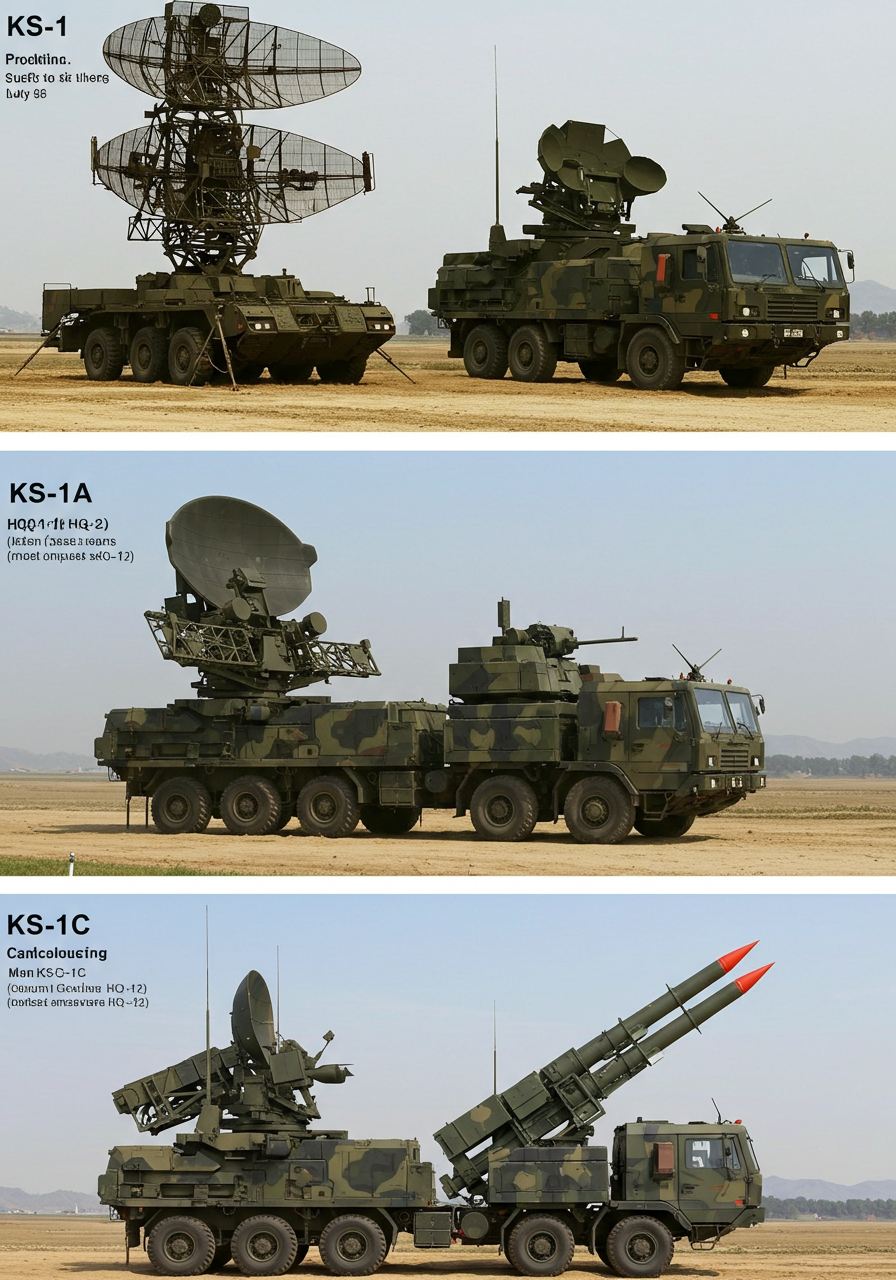Explore the fascinating history of the KS-1C Air Defense System, from its development to its impact on military strategy and air defense technology.
Introduction
The landscape of modern air defense is a complex tapestry woven with technological innovation, strategic imperatives, and the ever-present need for national security. Among the notable threads in this tapestry is the KS-1C, a Chinese-made medium-range surface-to-air missile (SAM) system that has garnered increasing attention for its capabilities and growing presence in the global arms market. Understanding the journey of the KS-1C requires a look back at its origins, the evolutionary steps that shaped it, and the geopolitical context that propelled its development and proliferation.
The Genesis: Laying the Foundation with the KS-1
The story of the KS-1C begins in the early 1980s, a period when China was actively seeking to modernize its armed forces and reduce its reliance on older, often Soviet-derived military technology. The Jiangnan Space Industry (Base 061), a state-owned entity, embarked on the ambitious task of developing a new generation of air defense systems. This initiative gave birth to the Kaishan-1 (KS-1), a project aimed at replacing outdated platforms like the HQ-2.
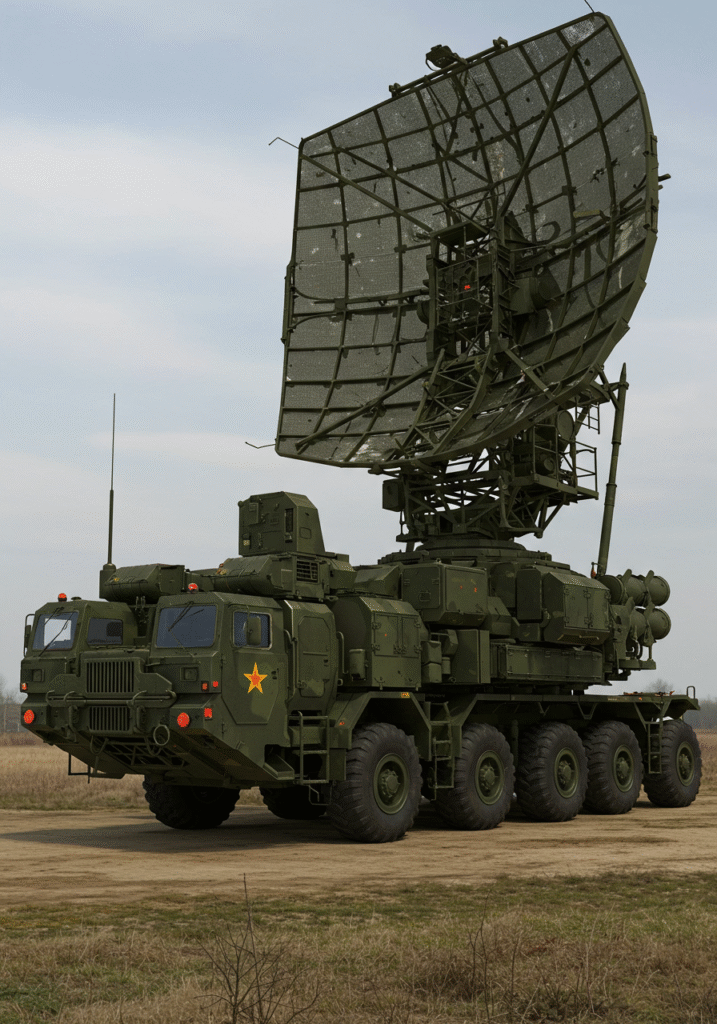
A pivotal aspect of the KS-1’s development was the integration of phased array radar technology. This marked a significant leap forward for China’s indigenous SAM development, as it allowed for the simultaneous tracking of multiple targets and enhanced resistance to electronic countermeasures. The first successful test-firing of a KS-1 prototype in 1989 was a testament to the progress made. By 1994, the initial development phase was complete.
Despite showcasing the KS-1 at international arms exhibitions like the Paris Airshow in 1991 and the Zhuhai Airshow in 1998, the system initially struggled to secure widespread adoption, both domestically within the People’s Liberation Army (PLA) and in the international market. This period, however, provided valuable lessons and spurred further refinement of the underlying technology.
Evolution and Refinement: The Emergence of the KS-1A and HQ-12
The late 1990s witnessed a renewed effort to enhance the capabilities of the KS-1, leading to the development of the KS-1A. Unveiled in 2001, this improved variant incorporated a new multifunction radar, often identified as the H-200, which offered superior target detection and tracking capabilities. Mobility was also enhanced through the adoption of a cross-country chassis, allowing for quicker deployment and redeployment.
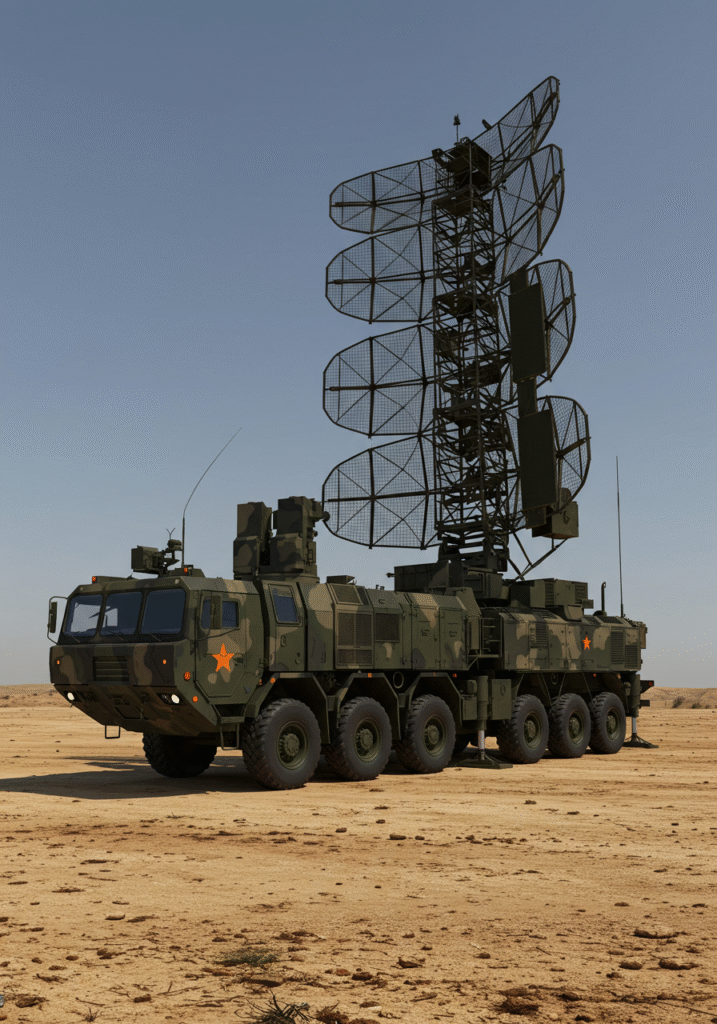
Crucially, the KS-1A served as the foundation for the HQ-12 (Hong Qi-12), the designation under which the system was eventually adopted by the PLA around 2007. The HQ-12 addressed the PLA’s need for a modern medium-range air defense system capable of engaging a variety of aerial threats, including aircraft, unmanned aerial vehicles (UAVs), and helicopters. Furthermore, it demonstrated a nascent capability against certain types of ballistic and cruise missiles, adding another layer to its defensive utility. The entry of the HQ-12 into PLA service marked a significant turning point, validating the technological advancements incorporated into the design.

The Next Generation: Introducing the Canister-Launched KS-1C
Building upon the successes and lessons learned from the KS-1A/HQ-12, the KS-1C represents a further evolution of the platform, primarily spearheaded by the China Aerospace Science and Industry Corporation (CASIC). A key innovation that distinguishes the KS-1C is its adoption of canister-launched missiles.
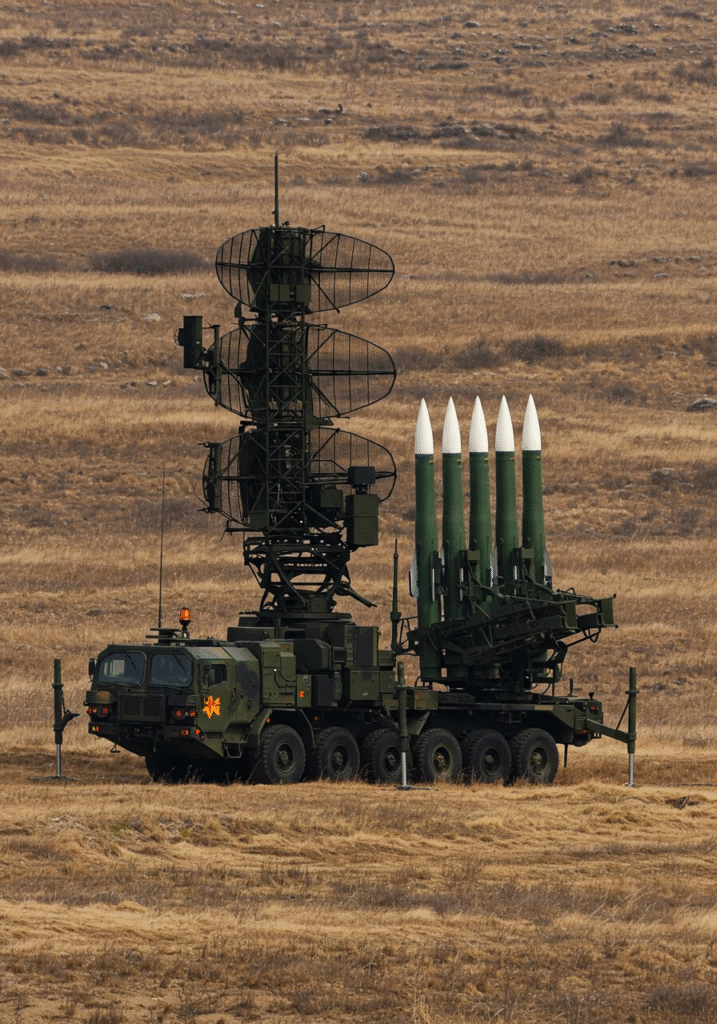
Previously, KS-1 variants utilized rail launchers. Canister launching offers several advantages:
- Enhanced Missile Protection: The missile is housed within a sealed canister, protecting it from environmental factors, damage during transportation, and the elements.
- Improved Readiness and Response Time: Canistered missiles are typically pre-loaded and require less preparation time before launch, potentially leading to a faster engagement sequence.
- Simplified Logistics: Canisters can streamline handling, storage, and maintenance procedures.
- Potentially Faster Reloads: While specific reload mechanisms vary, canister systems can sometimes facilitate quicker reloading compared to traditional rail launchers.
The KS-1C generally retains the H-200 radar system from its predecessor, providing a robust target acquisition and tracking capability with a reported maximum range of around 70 kilometers and an engagement altitude ceiling of approximately 27 kilometers. This combination of a proven radar system with the advantages of canister-launched missiles has made the KS-1C an attractive option in the international arms market.
Export Success and Global Presence
Unlike its earlier iterations, the KS-1C has achieved notable success in the export market, demonstrating China’s growing capabilities in defense technology and its increasing role as a global arms supplier. Several nations have opted to integrate the KS-1C into their air defense networks:
- Thailand: The Royal Thai Air Force has been operating KS-1C systems since 2016, bolstering its air defense capabilities.
- Myanmar: While primarily operating KS-1A and locally produced KS-1M variants, Myanmar’s acquisition highlights the broader appeal of the KS-1 family.
- Cambodia: In 2024, the Royal Cambodian Armed Forces received KS-1C batteries, signifying a modernization effort in their air defense infrastructure.
- Uzbekistan: Recognizing the need to strengthen its air defenses, Uzbekistan has recently acquired KS-1C systems.
- Turkmenistan: Reports indicate that Turkmenistan has also acquired either KS-1A or KS-1C systems, further expanding the system’s geographic footprint.
These acquisitions underscore the KS-1C’s competitive positioning in the medium-range SAM market, offering a balance of performance and cost that appeals to a range of countries.
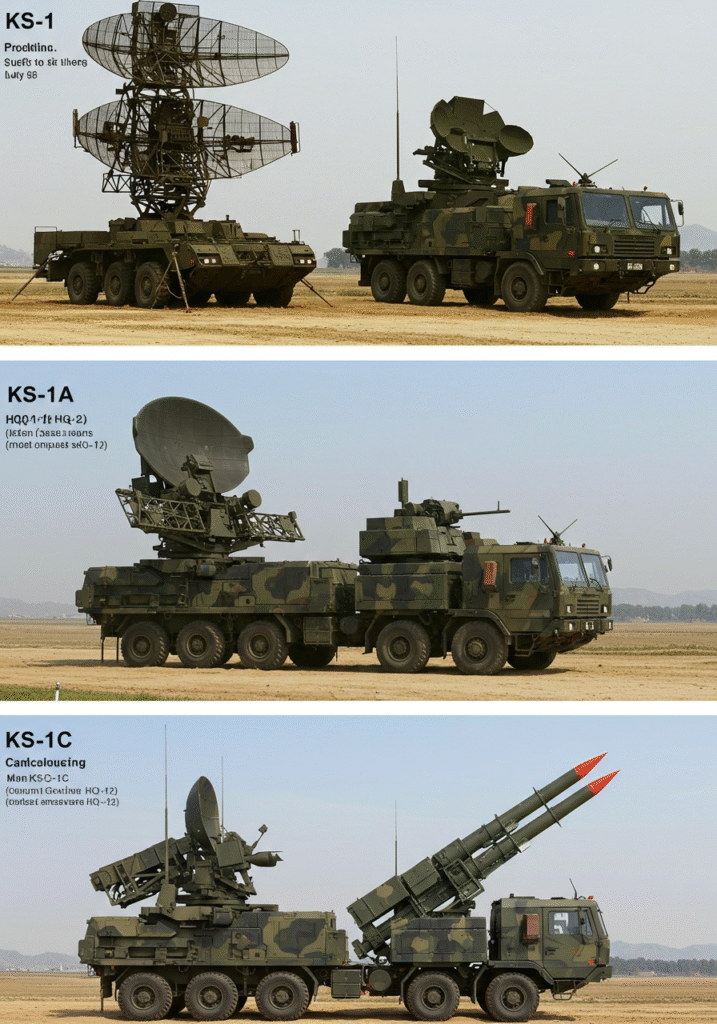
Conclusion: A Symbol of China’s Air Defense Evolution
The history of the KS-1C is a compelling narrative of continuous improvement and adaptation. From its foundational roots in the KS-1, driven by the need to modernize China’s air defenses, through the enhanced capabilities of the KS-1A and its adoption by the PLA as the HQ-12, the platform has undergone significant transformations. The introduction of canister-launched missiles in the KS-1C represents a further step in this evolution, offering tangible operational advantages.
The growing export success of the KS-1C signifies its relevance in the contemporary security environment and highlights China’s emergence as a significant player in the global defense industry. As air threats continue to evolve, systems like the KS-1C will undoubtedly play a crucial role in shaping the future of air defense strategies worldwide. Its journey from a nascent domestic project to a widely adopted international system is a testament to the dedication and innovation within China’s defense sector.

